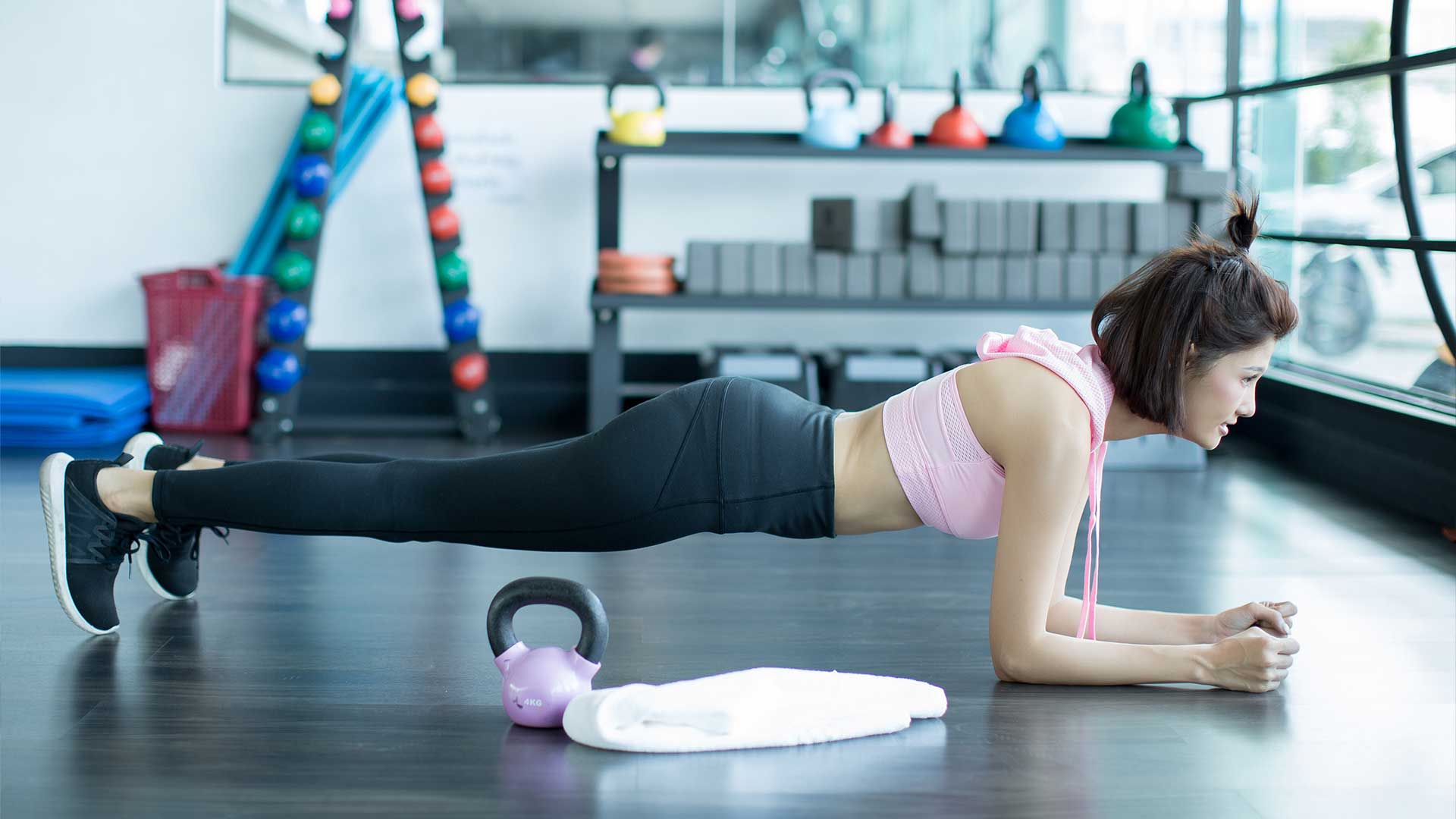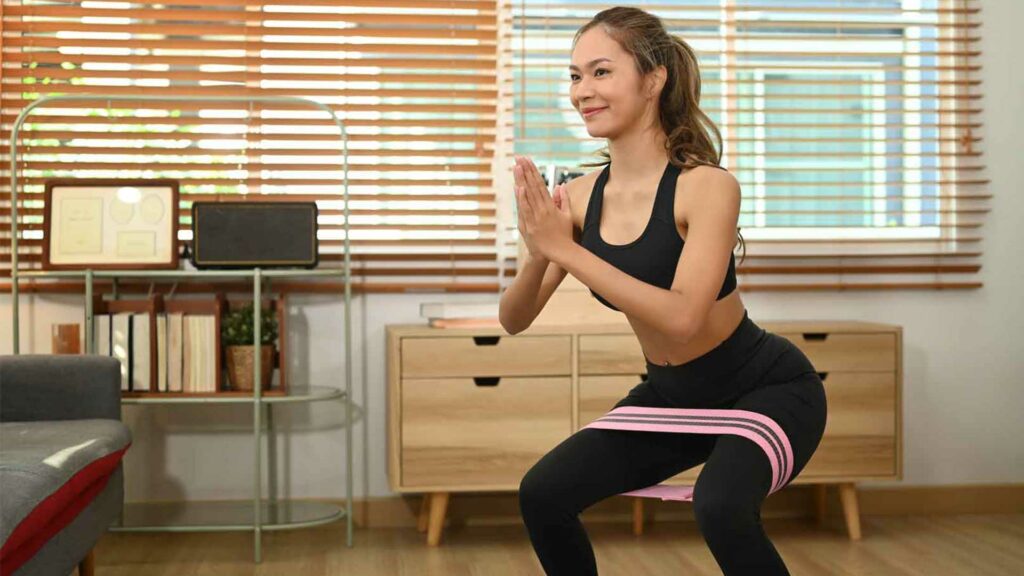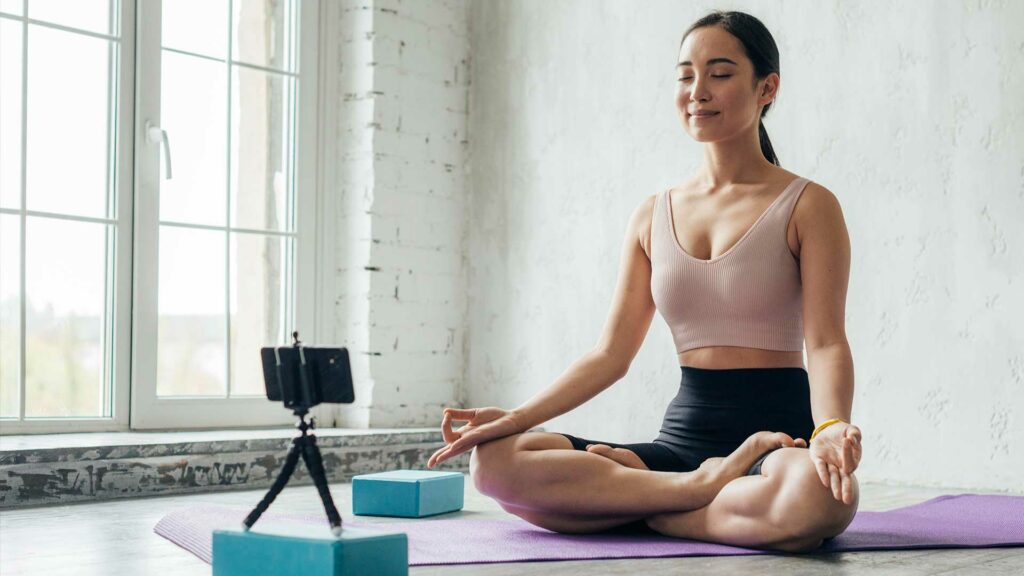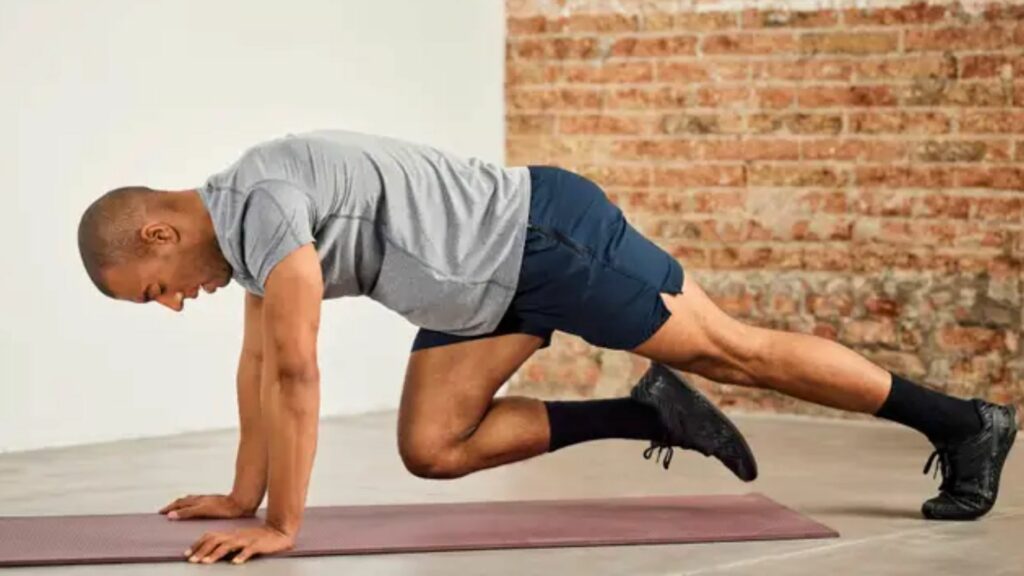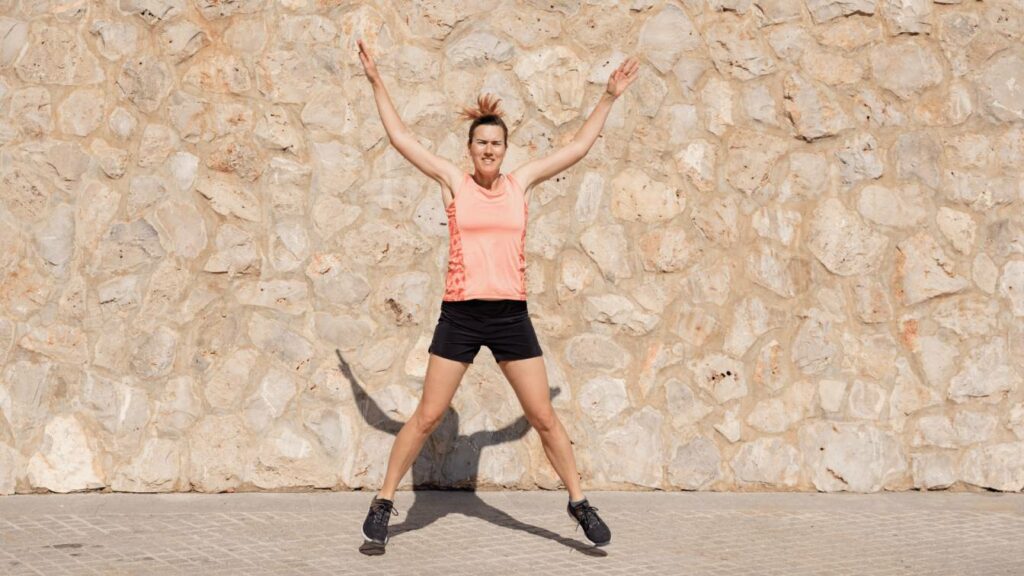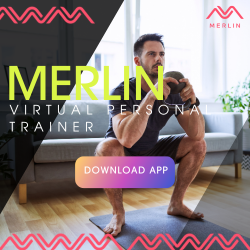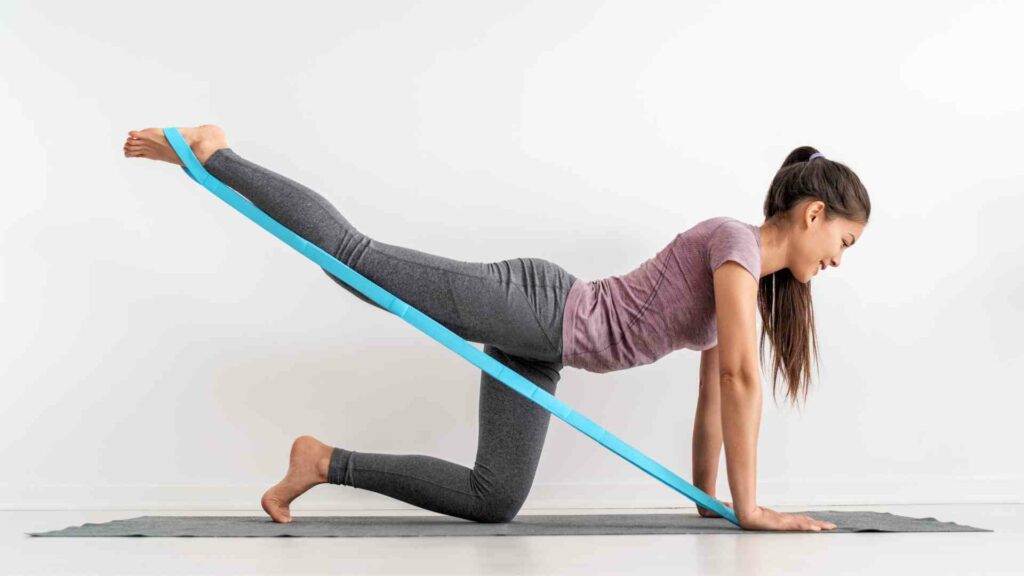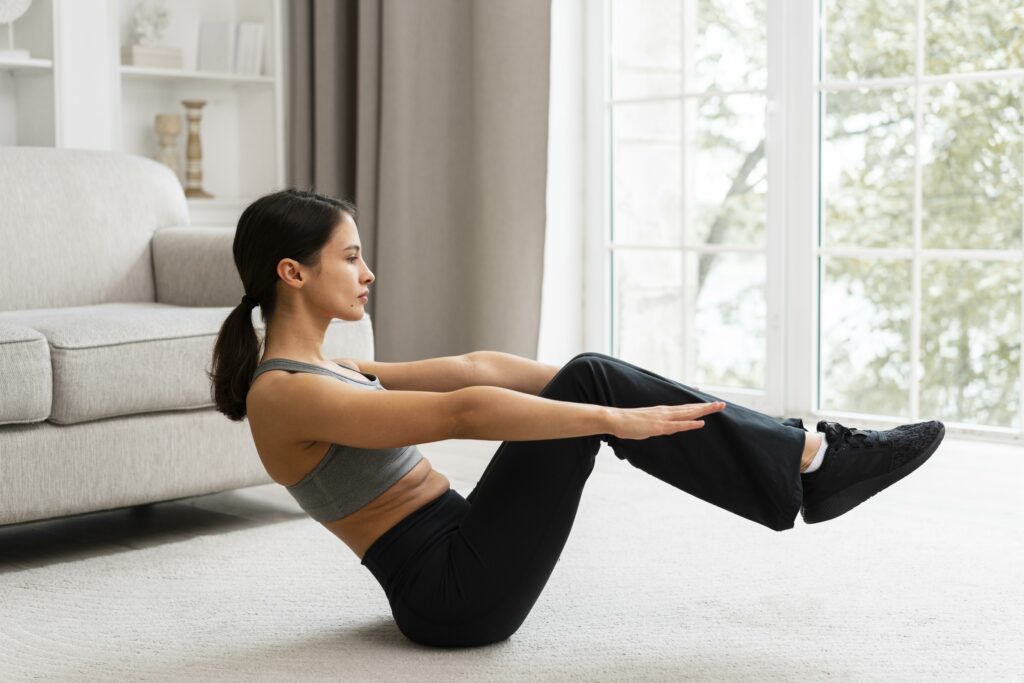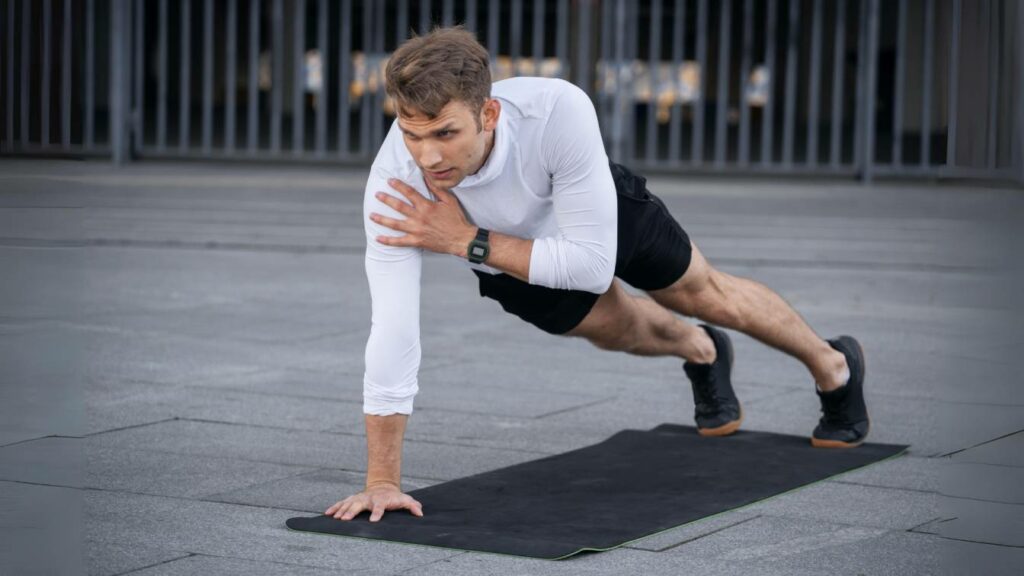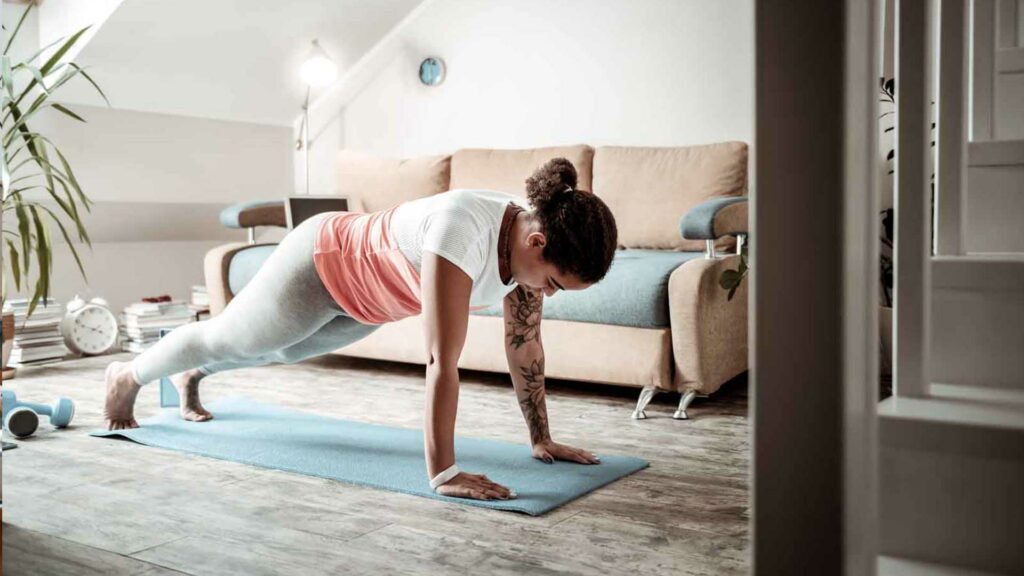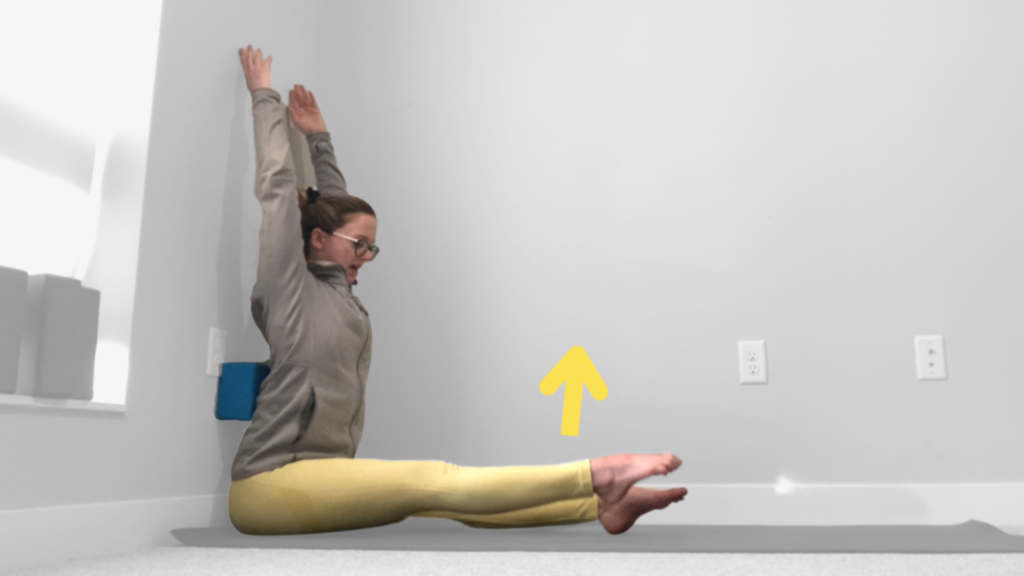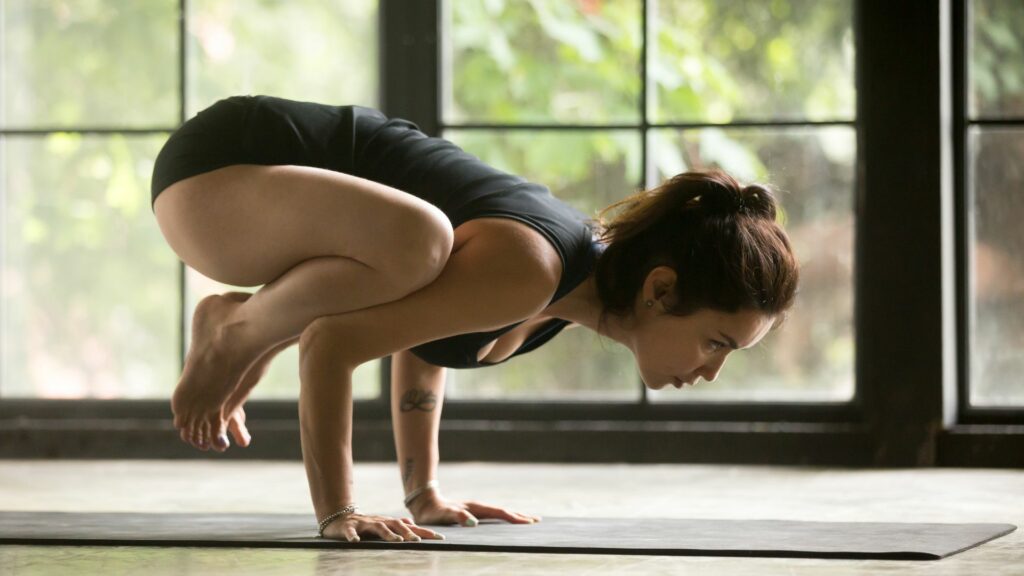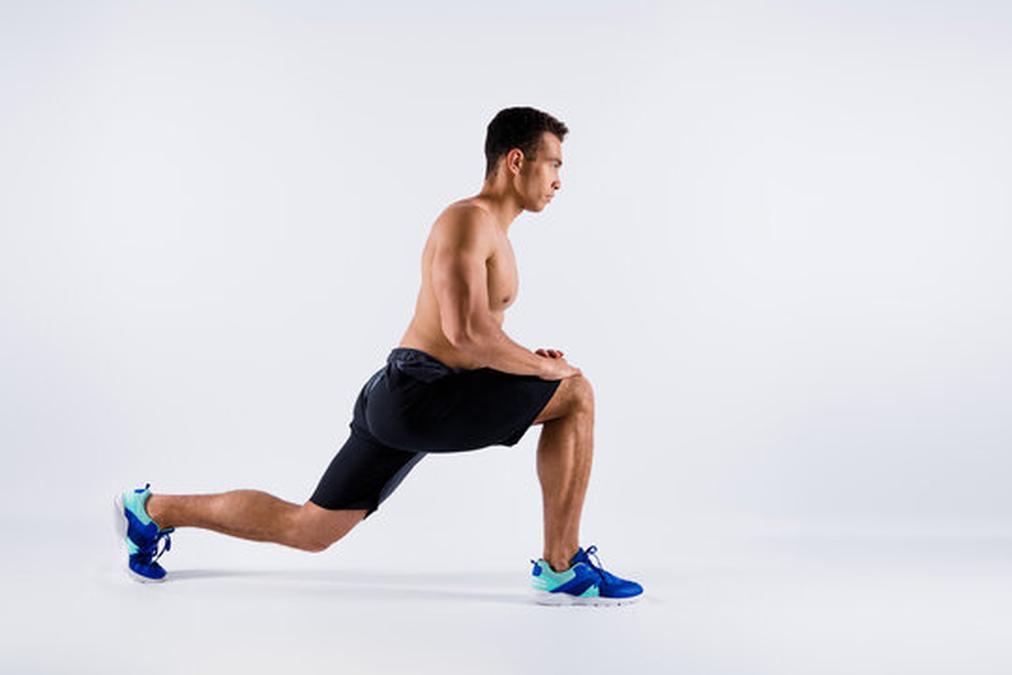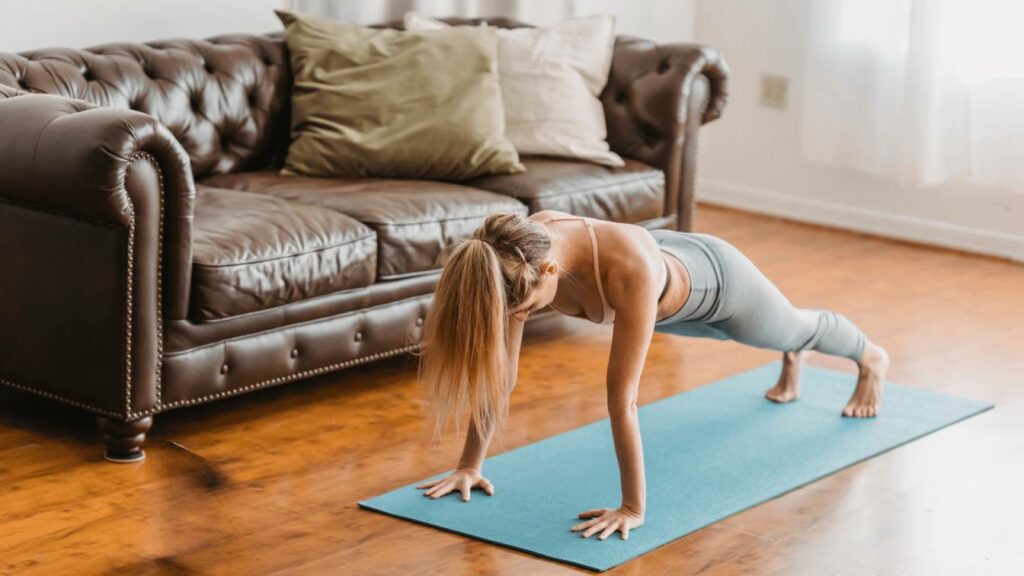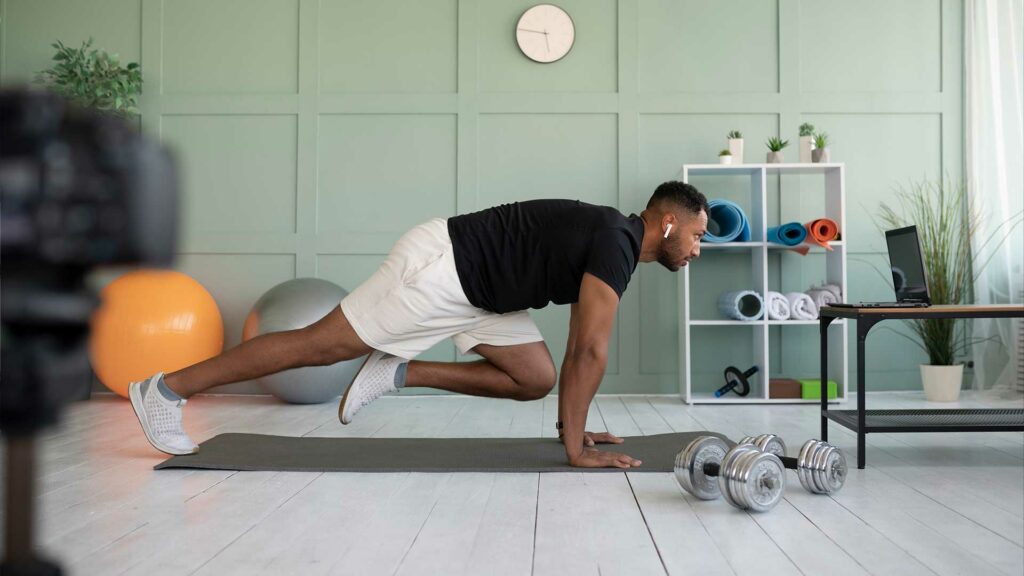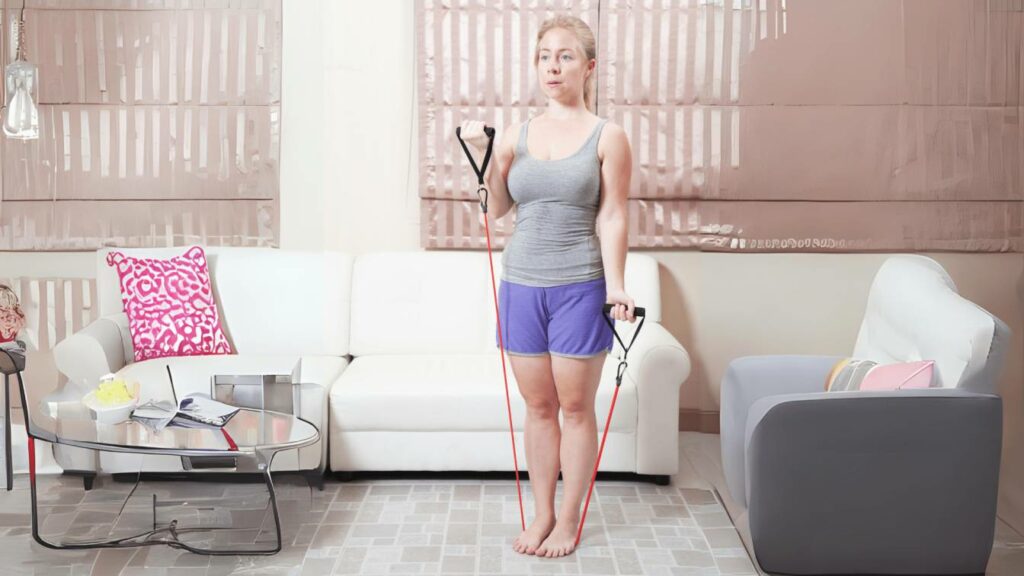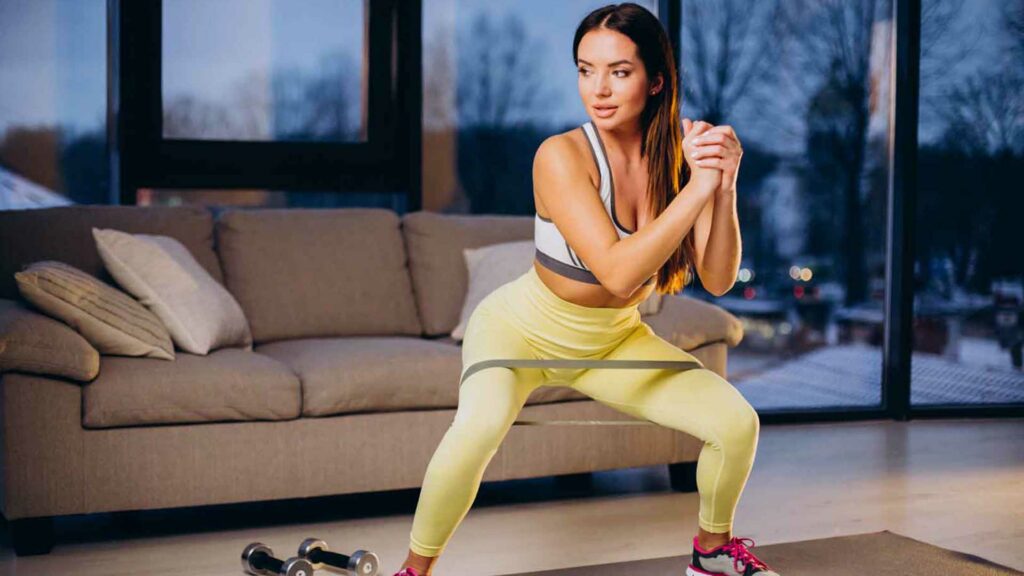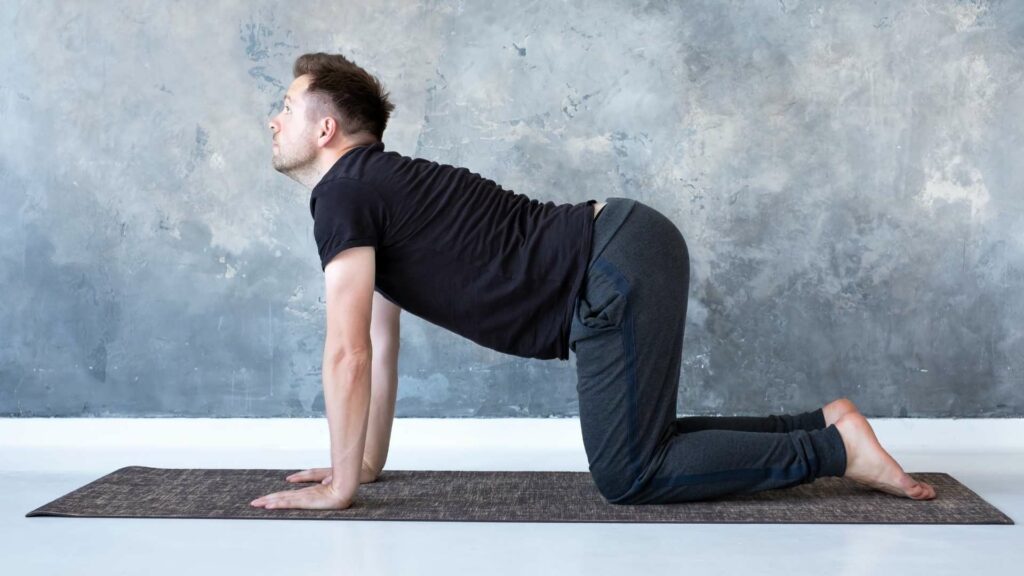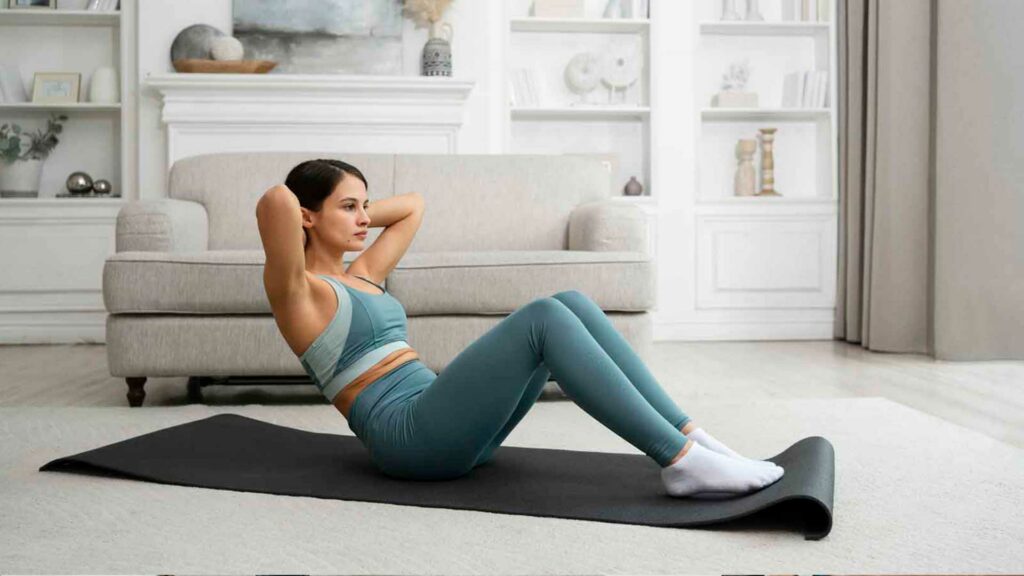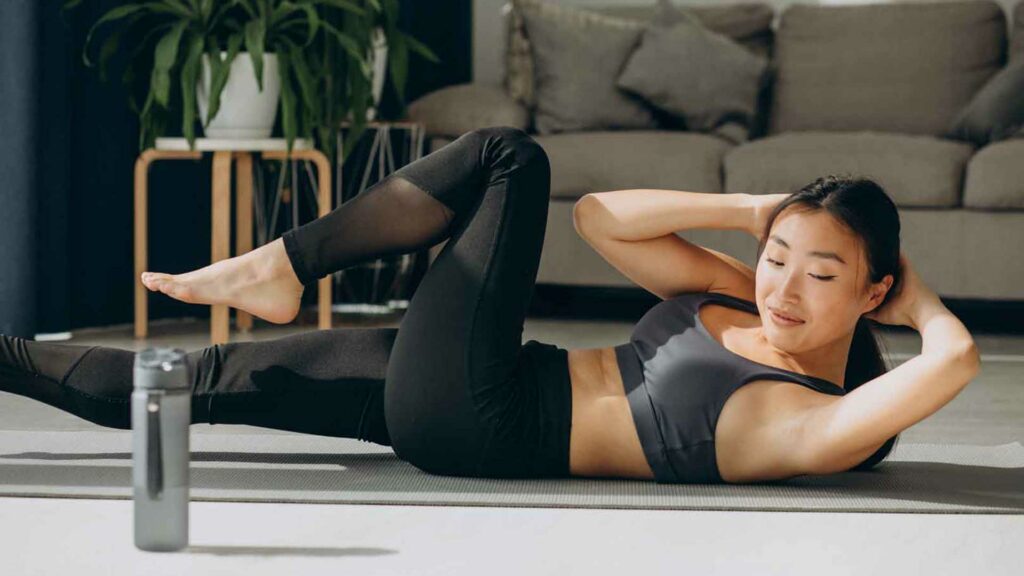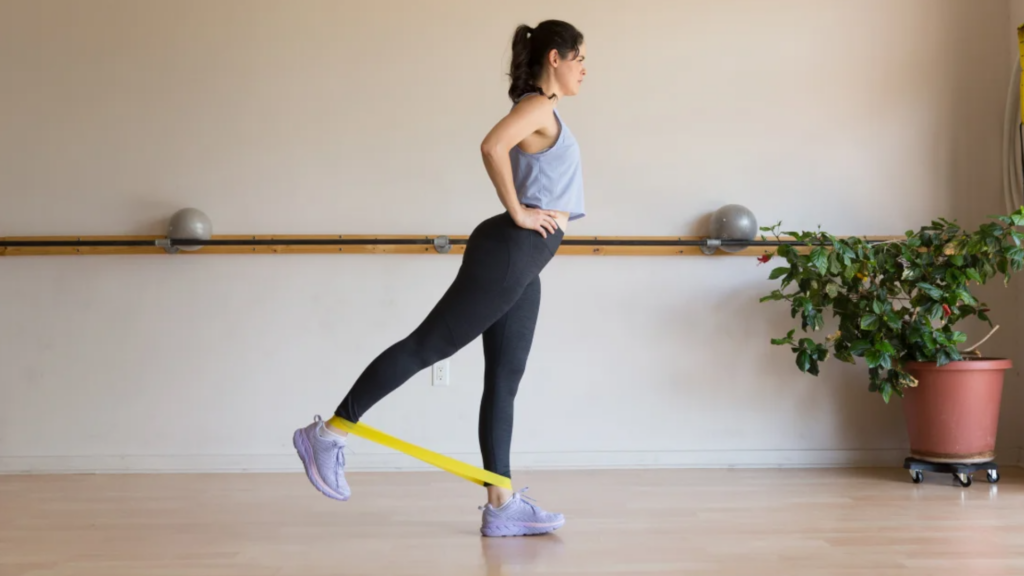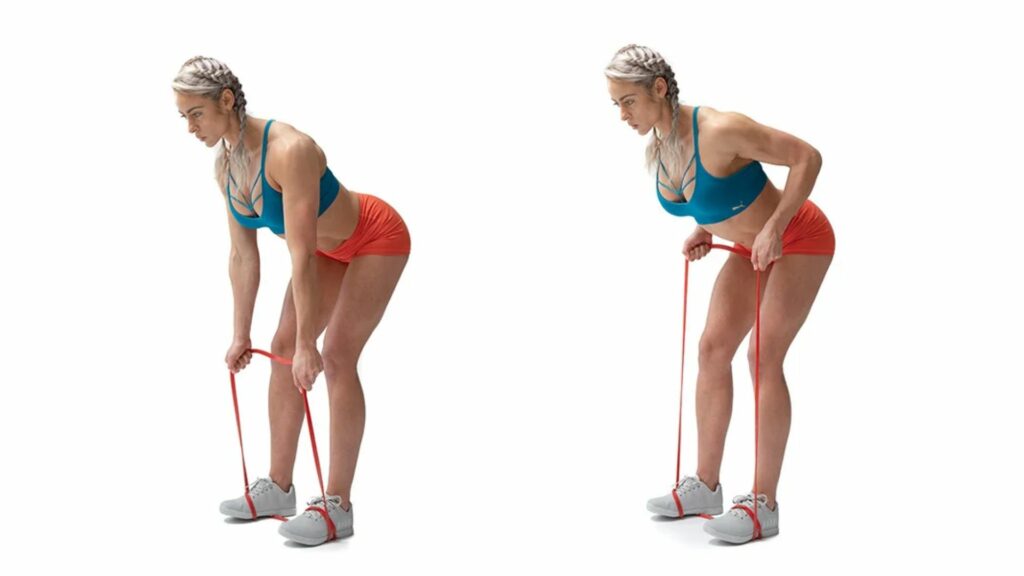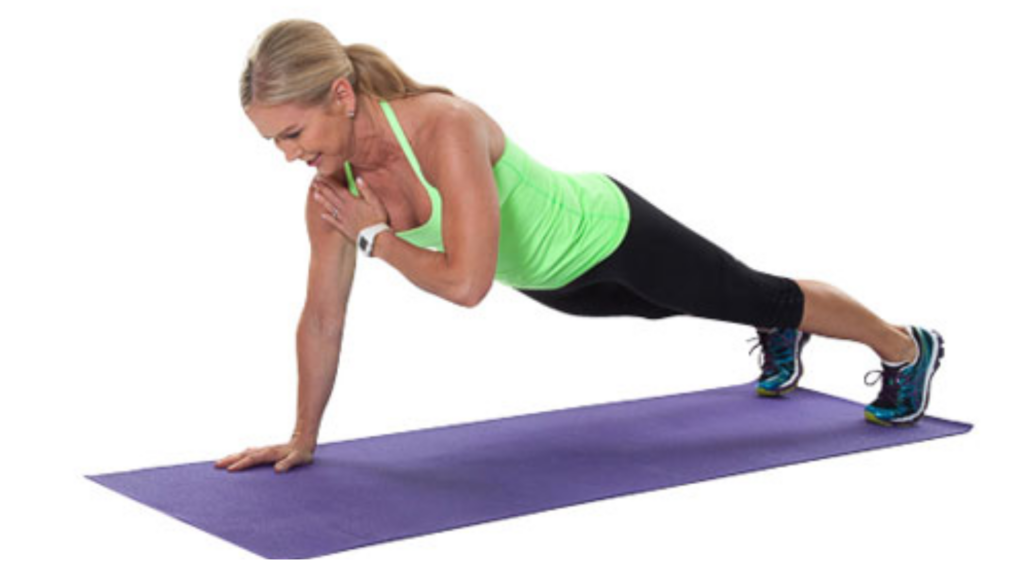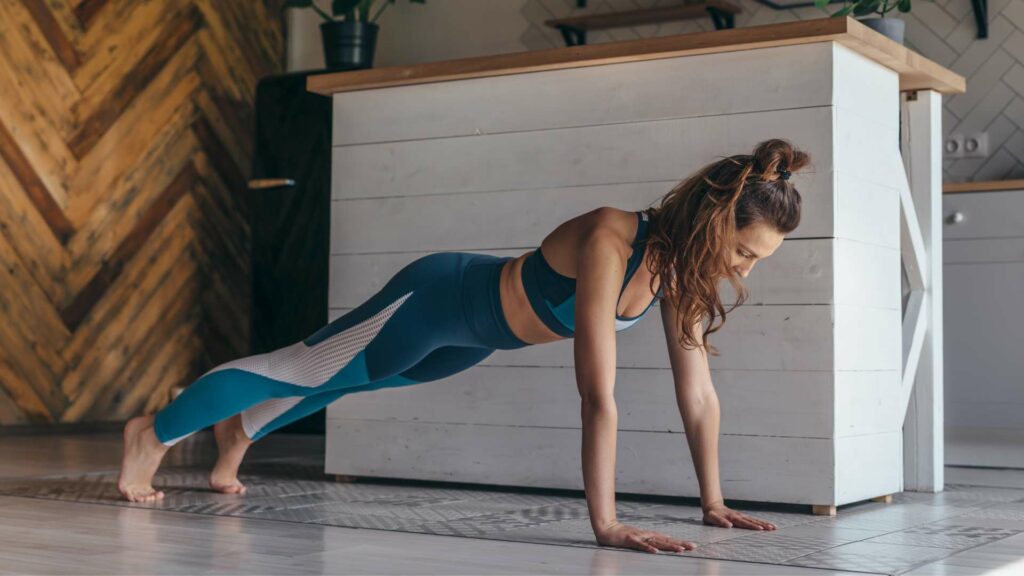Bodyweight Exercises: The Ultimate Guide
Bodyweight exercises can be a great way to improve fitness, build muscle, and burn fat, all without the need for expensive gym equipment.
As the name suggests, bodyweight exercises use the weight of your body to provide resistance training for your muscles.
In this article, we will discuss the benefits of bodyweight exercises, the top bodyweight exercises to include in your workout, and how to design a bodyweight workout to suit your fitness level and goals.
Benefits of Bodyweight Exercises
Bodyweight exercises have several benefits that make them a popular choice for people looking to improve their fitness:
- 1. Cost-effective: Bodyweight exercises require no equipment, making them a cost-effective way to get in shape
- 2. Convenience: Bodyweight exercises can be done anywhere, making them an ideal choice for those who travel frequently or who don’t have access to a gym.
- 3. Customizable: With body-weight exercises, you can adjust the intensity and difficulty of the exercise to suit your fitness level.
- 4. No equipment needed: As mentioned, body-weight exercises require no equipment, making them ideal for those who prefer to exercise at home.
- 5. Full-body workout: Body-weight exercises work multiple muscle groups, providing a full-body workout that can improve overall fitness and strength.
Importance of Bodyweight Exercises
While there are many types of exercises and workouts to choose from, body-weight exercises are important to include in your fitness routine.
By using only your bodyweight as resistance, you can improve your strength, endurance, flexibility, speed, precision, coordination, balance, and stability.
Body-weight exercises can also be customized to target specific muscle groups, making them a versatile option for those looking to build muscle or burn fat.
With a wide variety of body-weight exercises to choose from, you can create a workout that is both challenging and enjoyable, helping you to stay motivated and achieve your fitness goals.
Top Bodyweight Exercises
Body-weight exercises can be used to target different areas of the body and provide a full-body workout. Here are the top body-weight exercises to include in your workout routine:
Bodyweight Exercises from Self Magazine
Self magazine has compiled a list of body-weight exercises that can be done at home without equipment. Here are some of the top exercises from the list:
Upper Body Exercises
- Push-ups
- Plank
- Tricep dips
- Inverted row
Lower Body Exercises
- Squats
- Lunges
- Side lunges
- Glute bridge
Full Body Exercises
- Burpees
- Mountain climbers
- Jumping jacks
- Plank jacks
Bodyweight Exercises from Men’s Health
Men’s Health has compiled a list of body-weight exercises that can be done at home to build muscle and strength. Here are some of the top exercises from the list:
- Bodyweight squats
- Push-ups
- Plank
- Single-leg deadlift
- Box jump
- Lateral jump
Pros and Cons of Bodyweight Exercises
While body-weight exercises can be a great way to improve fitness, there are also some pros and cons to consider:
Pros
- Cost-effective
- Convenient
- Can be done anywhere
- Customizable
- Full-body workout
Cons
- Limited resistance
- Can become too easy
- May not be suitable for advanced lifters
- May require more time to achieve results
Overall, body-weight exercises can be an effective way to build muscle, improve fitness, and burn fat, but it’s important to consider both the pros and cons before incorporating them into your workout routine.
How to Design a Bodyweight Workout
Designing a bodyweight workout can be a great way to improve fitness and build muscle, but it’s important to do it correctly to avoid injury and achieve your goals. Here are some tips for designing a bodyweight workout:
Determine Your Fitness Level
Before you start designing your bodyweight workout, it’s important to determine your current fitness level. This will help you choose exercises that are appropriate for your level and avoid overexerting yourself. Here are some ways to determine your fitness level:
- Assess your strength: Try a few basic body-weight exercises, such as push-ups and squats, to see how many you can perform with proper form.
- Measure your endurance: Time yourself performing a cardio exercise, such as jumping jacks, to see how long you can sustain the activity.
- Evaluate your flexibility: Try out a few stretching exercises to see how flexible you are.
Choose Exercises
Once you’ve determined your fitness level, you can choose exercises that are appropriate for your level and goals. Here are some tips for choosing exercises:
- Consider your goals: Are you looking to build muscle, burn fat, or improve endurance? Choose exercises that will help you achieve your specific goals.
- Choose exercises that target multiple muscle groups: This will help you get a full-body workout and burn more calories.
- Choose exercises that you enjoy: This will make your workout more enjoyable and help you stay motivated.
Create a Workout Plan
Once you’ve chosen your exercises, you can create a workout plan that incorporates them. Here are some tips for creating a workout plan:
- Choose a variety of exercises: This will prevent boredom and target multiple muscle groups.
- Incorporate both strength and cardio exercises: This will help you build muscle and burn fat.
- Gradually increase intensity: As you become more fit, increase the intensity and difficulty of your exercises to continue challenging yourself.
Merlin Helps with Bodyweight Exercises
Merlin is afitness app that offers AI real-time feedback and customizable workouts for bodyweight exercises. Here’s how such an app could work:
1. AI Real-Time Feedback:
Form Correction: The app can use AI technology to analyze your body’s movements during body-weight exercises, such as push-ups, squats, planks, and more. It can provide real-time feedback on your form, ensuring that you’re performing exercises correctly to reduce the risk of injury and maximize effectiveness.
Rep Counting: AI can accurately count your repetitions, helping you stay on track during your workouts. It can also give you audible or visual cues to maintain a consistent pace.
Posture Improvement: The app can detect any deviations from proper posture and suggest adjustments to help you maintain the right alignment throughout your exercises.
Performance Metrics: Tracking your performance metrics like the number of sets, reps, and rest intervals can help you monitor your progress over time and set achievable goals.
2. Customized Workouts:
Personalization: Users can input their fitness level, goals, and any specific preferences. Based on this information, the app can generate customized workout plans that match your needs.
Exercise Selection: You can choose from a library of body-weight exercises or specify which exercises you want to include in your workout routine.
Workout Intensity: Adjust the intensity of your workouts by selecting options like beginner, intermediate, or advanced levels. The app can then generate workouts that match your chosen intensity level.
Goal Tracking: Whether your goal is to build strength, improve flexibility, or increase endurance, the app can tailor your workouts to align with your objectives.
Such an app would offer a comprehensive solution for individuals looking to perform bodyweight exercises effectively while receiving real-time guidance and tracking their progress over time.
Tips for Getting the Most Out of Your Bodyweight Workout
Bodyweight exercises can be a great way to improve fitness and build muscle, but there are some tips you can follow to ensure you get the most out of your workout.
Here are some tips for maximizing the effectiveness of your bodyweight workout:
Focus on Form
Proper form is essential when performing body-weight exercises to prevent injury and get the most out of each exercise. Here are some tips for maintaining proper form:
- Keep your core engaged: This will help you maintain proper alignment and prevent injury.
- Keep your shoulders down and back: This will help you avoid straining your neck and shoulders.
- Keep your knees in line with your toes: This will help you avoid knee pain and injury.
- Breathe: Remember to breathe deeply and exhale during the exertion phase of each exercise.
Add Variations
Adding variations to your body-weight exercises can help you target different muscle groups and prevent boredom. Here are some ways to add variations to your exercises:
- Change the angle: For example, perform push-ups with your hands close together or far apart.
- Change the speed: For example, perform squats slowly or quickly.
- Change the range of motion: For example, perform lunges with a longer stride or a shorter stride.
- Add a plyometric component: For example, add a jump to your squat or lunge.
Incorporate HIIT
High-Intensity Interval Training (HIIT) can be a great way to burn more calories and increase the intensity of your bodyweight workout. Here are some tips for incorporating HIIT into your workout:
- Choose exercises that can be performed at a high intensity, such as burpees or jumping jacks.
- Alternate periods of high intensity with periods of rest or lower intensity.
- Gradually increase the length of your high-intensity intervals as you become more fit.
Use Proper Nutrition
Proper nutrition is essential for getting the most out of your bodyweight workout. Here are some tips for fueling your body:
- Eat a balanced diet that includes protein, carbohydrates, and healthy fats.
- Drink plenty of water before, during, and after your workout.
- Eat a snack that includes protein and carbohydrates within 30 minutes of your workout to help your muscles recover.
Remember to consult with a healthcare provider before starting any new exercise program, and to listen to your body and rest when needed.
Start Incorporating Bodyweight Exercises into Your Routine Today
Bodyweight exercises can be a convenient and effective way to improve fitness and build muscle. By following the tips outlined in this article, you can design a bodyweight workout that is tailored to your fitness level and goals, and get the most out of each exercise.
Remember to start slowly, and to listen to your body and rest when needed. Gradually increase the intensity and difficulty of your workout as you become more fit, and incorporate variations and HIIT to prevent boredom and challenge yourself.
If you’re looking for more fitness tips and advice, be sure to check out our other great content.
FAQs
Who can benefit from bodyweight exercises?
Anyone can benefit from body-weight exercises, regardless of fitness level or age.
What are the best bodyweight exercises for beginners?
Squats, lunges, push-ups, and planks are great body-weight exercises for beginners.
How often should I do bodyweight exercises?
Aim to do body-weight exercises 2-3 times per week, with rest days in between.
What if I can’t do a certain bodyweight exercise?
Modify the exercise to fit your fitness level, or choose a different exercise that targets the same muscle group.
How can I make body-weight exercises more challenging?
Add variations, increase the number of reps or sets, or incorporate HIIT into your workout.
What are the benefits of bodyweight exercises over other types of exercise?
Bodyweight exercises require no equipment, can be done anywhere, and can target multiple muscle groups at once.

